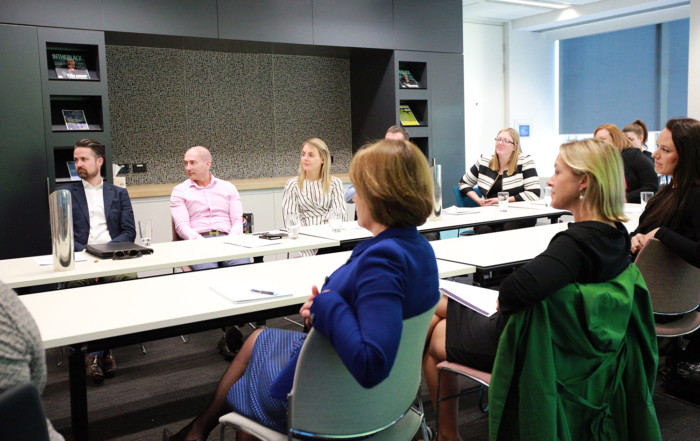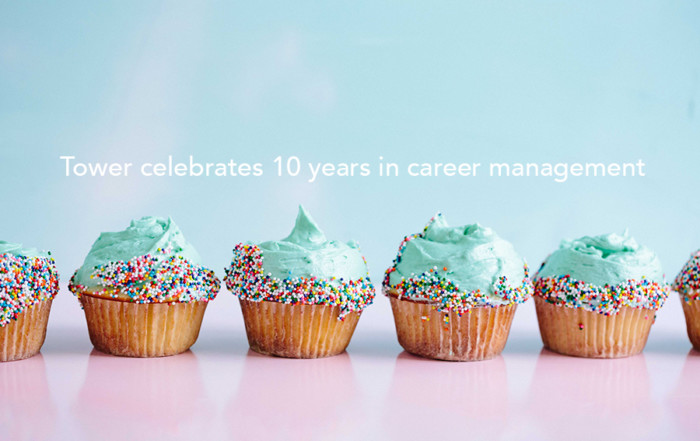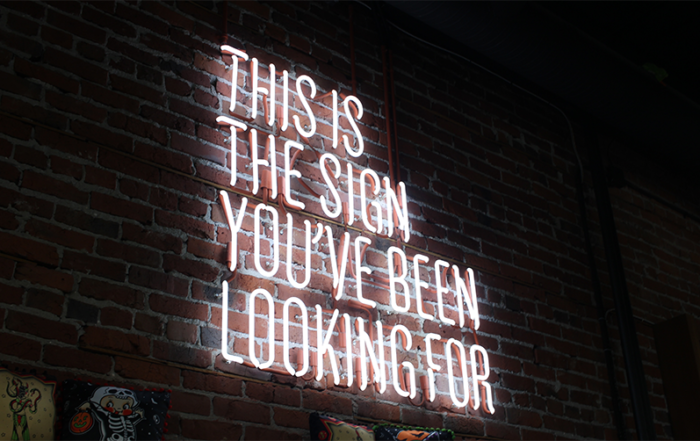
Profiling tools and how to get the most out of your results
Foundation of Young Australian (FYA) recently published an article about Personality Tests – 5 Things To Keep In Mind When Taking Personality Tests. Profiling tools and psychometric assessments are embedded into almost all our programs and service offerings at Tower, so immediately the topic sparked my interest. And, I’ll confess, like the author I jump at any opportunity to learn more about myself and build my self-awareness.
The tests that the author talks about are a bit different from the tools we use at Tower – don’t worry, if you’re wanting to know What Job Should You Actually Have Based on Your Favourite TV Shows, it’s easy to find on the internet. We use internationally proven, leading edge career/individual evaluation and research tools. In fact, we use over eight different profiling tools and assessments, because like people, each tool brings something new to table.
Of the tools we offer, I’ve completed four of them. I’ll explain a bit more about what value each one brings to me:
- The Birkman Method® – Birkman captures not only behavioural styles, but also what our underlying needs are. Understanding my needs, and particularly how I can react when these aren’t met (what Birkman® calls “stresses”) helps me to mediate my stress behaviours. Knowing this allows this to do my best to ensure my needs will be met, and when they’re not, I know how to moderate my resulting behaviour.
- PRINT® – PRINT® compliments Birkman® very well. Whilst Birkman® discloses how you behave, PRINT® uncovers why – your unconscious motivations. I like to think of this as clarifying my purpose: why I do what I do and how I may react if my purpose is conflicted.
- Personal Directions® – this ties a lot into the concept of “work/life balance”, and the motivations in personal life and work that ultimately drive satisfaction. Understanding what I want from my “worlds” gives me ownership to consciously direct my career and personal choices to achieve greater satisfaction and personal growth.
- CliftonStrengths – based on the premise that it is far more effective to empower people by developing their strengths rather than focussing on areas of improvement, CliftonStrengths has helped me understand what my unique talents and offerings are, and how to develop and incorporate them into my daily life inside and outside of work.
I’d hope that they’d bring the same value to you, but realistically everyone is going to take something different from their results.
Sometimes what’s revealed seems glaringly obvious
… after you read about it. But one thing we commonly see in our line of work is that often people do not have the opportunity to “take stock” of their behavioural traits, understand why they might behave in a certain way and what impact this can have in both their professional and personal relationships.
When people gain this self-awareness, it can achieve multiple things. For some people, it’s a sigh of relief – there’s a reason for why they think and feel the way they do! Sometimes it’s a lightbulb moment – “this is what is causing me tension with others”.
Sometimes you won’t agree
From time to time we encounter clients who disagree with certain aspects of their results. Unfortunately, this can run the risk of the client discrediting the whole assessment, even if some of the tool’s other comments nailed it. In these instances, we ask them to do 2 things:
- It’s also a matter of contextualising – it’s not simply about how they see the world, but how others might see them. We recommend that they talk to those closest to them (colleagues, friends and/or family) and ask what they observe – sometimes others can have a clearer perspective than ourselves and often the client will return saying that it was correct but something they’d never realised.
- Over a month try being hyper-aware of their behaviour – do they see this trait presenting itself?
At the end of the day if they still disagree, that’s okay. Although the assessments we use have been validated and have high rates of accuracy, there will always be a margin of error. The important thing is to focus on what they do resonate with. Results should not be taken as gospel, but as a base for discussion, reflection and building awareness.
How to get the most out of your results
Ultimately, knowledge is power, and it’s what you do with your results that’s most important. And this applies to personality tests, psychometric assessments or 360 assessments alike. We recommend putting your results into practice by starting with these 6 things:
1. Reflect. And continue to reflect
Think deeply about what your results say. What words jump out at you most? Are you being your best self? What aspects would you like to strengthen or improve?
2. Develop an action plan
Now you know yourself, particularly negative behaviours or opportunities for improvement, what are you going to do to try to mediate your behaviour? If there were areas you wanted to strengthen or develop, how will you achieve this?
3. Share your results
Get rid of that air of mystery with those close to you whether it be your significant other or colleagues at work and help others get to know you better by discussing your results with them. It’s also helpful to get them to do the assessment. I’m not saying that as a marketing drive, but because the more you understand about those around you (particularly in the context of how this compares with your behavioural style, motivators etc.) the more you can reduce conflict and strengthen relationships.
4. Consider how your strengths could be perceived by others as a weakness
Remember, everyone is unique, and that means that there will always be people who have opposite behavioural styles to you. For example, are you a very direct person? Do you tell it how it is and take no prisoners? Some people will love that! Others, however, may perceive you as insensitive, and be put off by this behaviour. This point brings home the benefits of point number 3. Appreciating how you are different from those around you will help you to bridge the gaps between any misunderstandings.
5. Seek out your opposites
Often we gravitate towards those who are like us, whether that be values and beliefs or personality type. But once again, the more you know about those who are different, the better. Opposites can complement each other well – is there anyone around you that can help “cover your blind spots”?
6. Regularly revisit your results
Remind yourself. Some people print their results and stick them next to their computer at work. Others might store their report away and pull it out only when needed, particularly in times of conflict when trying to understand what went wrong. Anyone who only looks at it once is not going to get much value from it.
There is no “best” personality type or style
One type is not better than the other. Greatness comes in all shapes and sizes. Diversity, particularly in work environments, is the key to success because it means that all bases are covered – extraverts are balanced by introverts, thinkers are balanced by does.
To learn more about the profiling tools we use, click here, or contact us.
To learn more about FYA, visit their website.
Put your results into practice:
- Reflect. And continue to reflect
- Develop an action plan
- Share your results
- Consider how your strengths could be perceived by others as a weakness
- Seek out your opposites
- Regularly revisit your results





